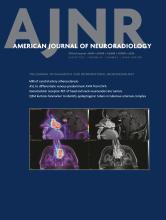This article requires a subscription to view the full text. If you have a subscription you may use the login form below to view the article. Access to this article can also be purchased.
Abstract
SUMMARY: Nickel is used in many cerebral endovascular treatment devices. However, nickel hypersensitivity is the most common metal allergy, and the relative risk of treatment in these patients is unknown. This retrospective analysis identified patients with nickel or metal allergies who underwent cerebral endovascular treatment with nickel-containing devices. Seven patients with nickel and/or other metal allergies underwent treatment with 9 nickel-containing devices. None experienced periprocedural complications. No patient received treatment with corticosteroids or antihistamines. At a mean clinical follow-up for all patients of 22.8 months (range, 10.5–38.0 months), no patients had symptoms attributable to nickel allergic reactions. The mean radiographic follow-up for all patients at 18.4 months (range, 2.5–37.5 months) showed successful treatment of the targeted vascular pathologies, with no evidence of in-stent stenosis or other allergic or hypersensitivity sequelae. The treatment of cerebrovascular lesions with a nickel-containing device resulted in no adverse outcomes among these patients and was safe and effective.
ABBREVIATION:
- DAPT
- dual antiplatelet therapy
- © 2023 by American Journal of Neuroradiology











